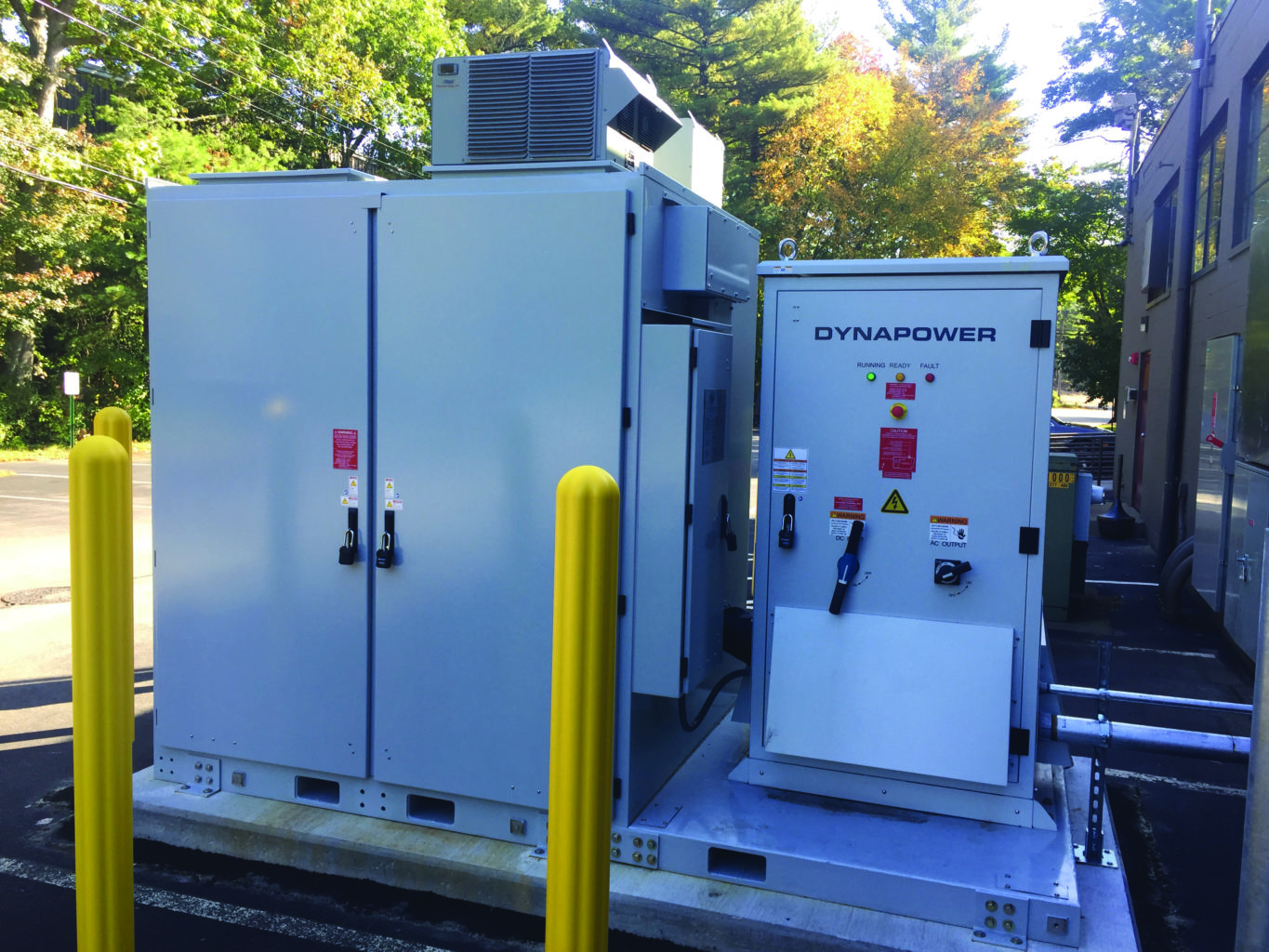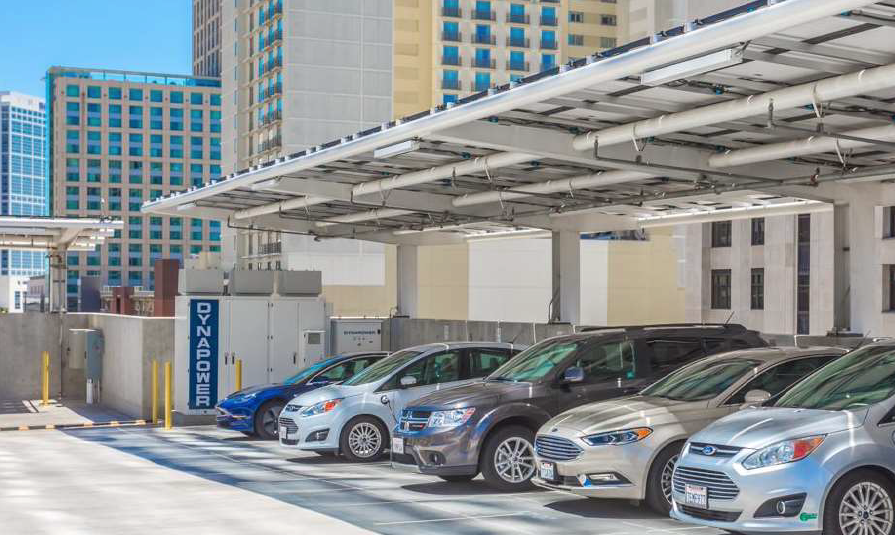Power management represents a critical area of interest for many industrial facilities. Energy costs can be a daunting operating expense for even small companies, so identifying economical options is a high priority for many managers and executives. One answer that has been growing in popularity and effectiveness is the installation of energy storage systems.
Long-duration energy storage, in particular, poses many benefits for brands struggling with energy management. Implementing such systems offers heightened control over distributed energy resources, allowing businesses to save on demand charges, provide critical backup power to protect against grid outages, and incorporate renewables and energy storage to foster more sustainable and economically sound business practices.
Benefits of Energy Storage
Depending on your facility’s priorities, you may experience a wide array of benefits as you implement energy storage solutions. There are a number of key areas in which you can expect to see benefits, including the following.
Demand Charge Management
Many facilities are required to pay demand charges based on their peak electricity usage. According to an NREL study , this often represents from 30%-70% of overall energy expenditures included on a commercial electric bill. Strategic energy storage can provide significant cost savings in such cases—discharging energy during the highest periods of usage reduces load during those peak periods, resulting in reduced demand charges.
Load Shifting
Load shifting is a strategic technique that can reduce energy spending. In this case, special algorithms analyze consumption patterns and storage efficiency to determine the best time to charge and discharge stored energy, shifting the highest load to non-peak hours. In this way, energy storage systems are used to their maximum cost-saving potential.

Backup Power
Power outages can be disastrous, leading to downtime and requiring a lengthy, expensive recovery process. One hour of downtime due to power loss can cost upwards of $100,000. It is essential that facilities have systems installed that kick in quickly enough to allow for a seamless transition from grid power to backup power. Energy storage serves as insurance against these common but preventable losses.
Demand Response
Power bills have two factors: total energy used throughout the month and peak power demand during high-use periods throughout the month. By installing energy storage behind the meter, demand costs can be significantly reduced. The demand response administrator can instantly address peaks in the system load with backup power to mitigate high demand costs.
Renewable Energy Integration
Although there are many benefits to integrating renewable energy into a facility, effectively using the generated resource presents a challenge. Energy storage devices maximize the utility of renewable assets by allowing for efficient, accessible storage of excess energy or power generated during off-hours. For many, finding the right storage solution is the tipping point at which renewable energy becomes profitable.
Environmental Benefits
Aside from facilitating the use of renewable energy sources, storage also has broader impacts on the environment. For instance, it improves the efficiency of the global power grid. It also presents an emissions-free solution that may be eligible for tax credits when combined with other environmentally friendly technologies.
Power Factor Correction
While a storage system’s primary role involves addressing power quality issues and providing outage support, a battery system with a full four-quadrant inverter and appropriate controls can be used to mitigate low power factors by injecting VARs as needed, maintaining a predetermined set power factor point.
Merchant Market Participation
Battery storage systems provide value through a reduction in demand charges and by maintaining operational uptime during outages. However, system owners may also utilize their systems in so-called merchant markets. In these markets, storage can be used to earn revenue by bidding available capacity into markets or trading for other ancillary services. While this process can be complex, a third party economic dispatch partner can help system owners realize the full potential of their excess storage capacity.
How Dynapower Can Help
It’s clear that energy storage can benefit virtually any industrial facility, but integrating these systems into an existing framework can be intimidating. Dynapower has supplied over 500 MWs of inverters, converters, and storage systems worldwide.
Our latest solution—the Dynapower MPS®-i125 EHV: Behind-the-Meter Energy Storage System—can be fully integrated into any facility. This innovative system combines the benefits of Dynapower’s proprietary MPS®-125 EHV storage system with 2-, 4-, or 6-hour lithium-ion batteries, offering extended and optimized storage capacity.
As industry leaders in energy management solutions, you can count on our team to be:
- Reliable. We pride ourselves on offering unsurpassed uptime rates to ensure that your storage systems function when you need them the most.
- Cost-effective. At Dynapower, we’re serious about saving you money, which is why our ROIs lead our industry.
- Supportive. We offer 24/7 technical support along with global field repair services. We stand by our products 100%, and we’ll work with you to ensure they’re functioning properly.
Energy Storage Solutions with Dynapower
Storage solutions are indispensable for any facility seeking to reduce energy costs, prevent losses due to power failure and protect the environment. At Dynapower, we will work with you one-on-one to determine an ideal setup that maximizes these benefits in the context of your industry and existing energy management structure. The best fit for your operation may be a standard solution, or we can use the standard solution as a building block to create a storage system tailored to your exact needs.
To find out what results you can expect from your energy storage system, contact the experts at Dynapower today.